Caddie legend Fanny Sunesson has always been well prepared and ready for a challenge
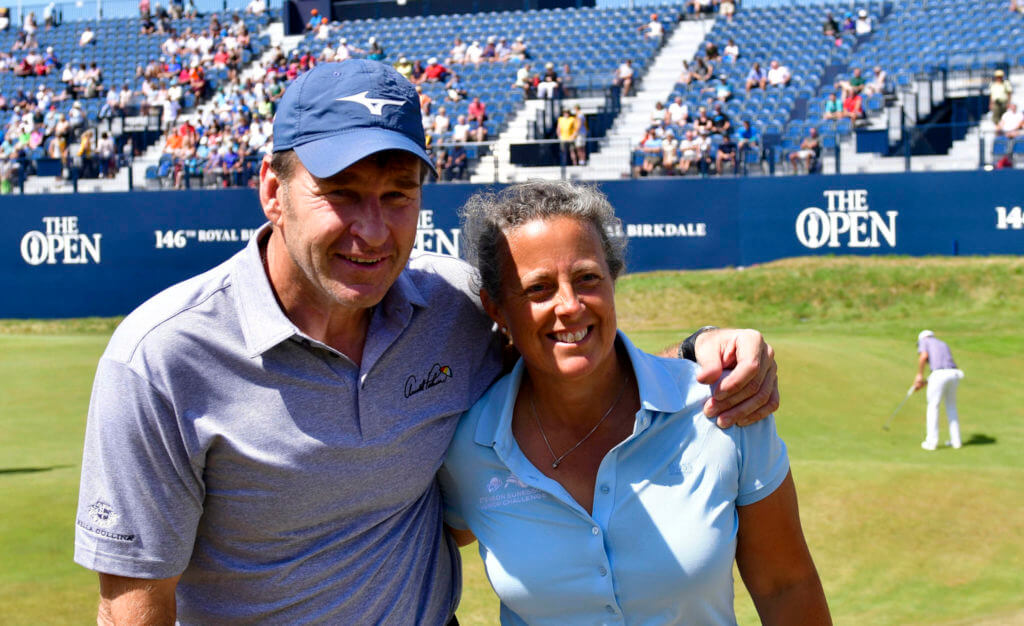
By the summer of 2005, Fanny Sunesson had already earned her place as one of golf’s best caddies. She was in her first week working for the Australian pro Mark Hensby in the Scandinavian Masters, the European Tour’s annual stop in her native Sweden.
Terrible weather descended on Kungsängen GC early during that last week of July, cancelling the pro-am. Players and caddies were prohibited from walking the course inside-the-ropes prior to Thursday’s first round. Despite the lack of practice, Hensby made the turn late Sunday with a chance to win. As they walked down the 10th fairway, the veteran Sunesson turned to Hensby and said: “This is what it’s all about, back nine and we’ve got a chance to win.”
Hensby went on to win — his only European Tour victory — shooting 22 under and defeating Henrik Stenson in a playoff. Sunesson recalled that moment, just one gem in a highlight-filled career, during a recent conversation.
“And he said to me later, ‘that was so good that you said that.’ … That was how I felt. I loved it,” she said. “Normally I got very calm. I thrived on having the chance to win.”
RELATED: ‘Youth on Course’ has opened many doors for 17-year-old Jalyn Robinson
Her attitude and aptitude made Sunesson the most accomplished female caddie in professional golf history. Not that she ever considered it in those terms. She was simply a caddie, devoted to meticulous pre-tournament preparation that allowed her to deliver precise information in a direct, frank manner. That combination allowed her to ascend to the pinnacle of her profession.
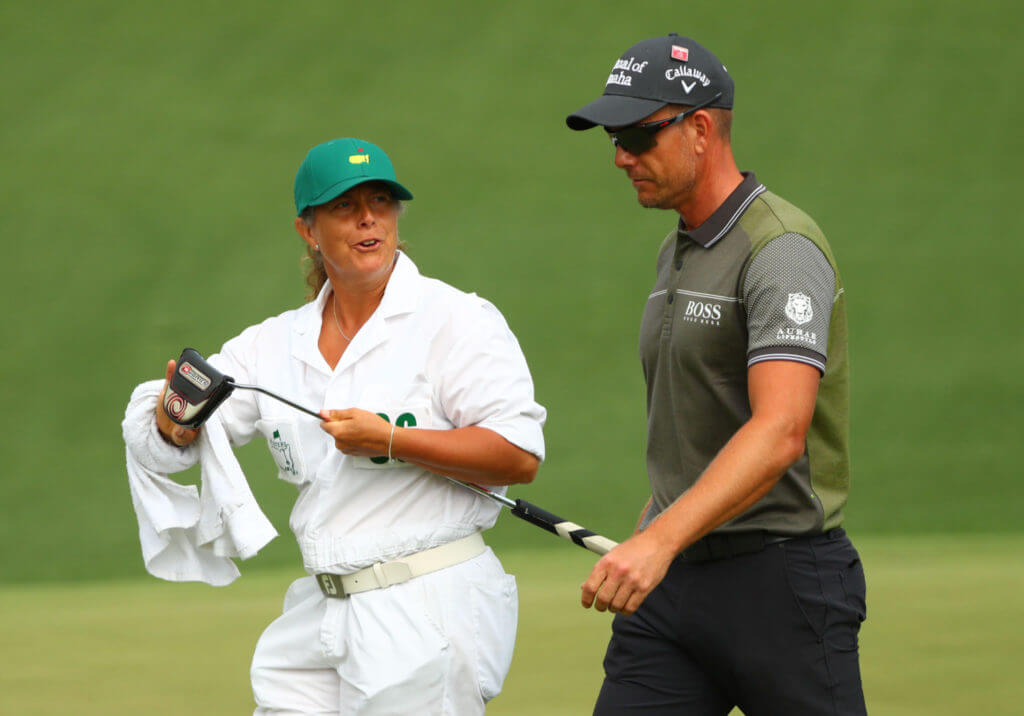
“I worked hard, obviously, but I’ve always done that and maybe I had to work a little extra hard because I was a girl, but I wouldn’t be able to tell you that,” she said. “I’ve always been a hard worker. If I do something, I try to do it right.”
Her career spanned nearly three decades — 750 tournaments, 91 major championships, six Ryder Cups. She was on Sir Nick Faldo’s bag for four of his six major titles, including the 1990 Masters and 1990 British Open. Later, Sunesson worked for Sergio Garcia, Henrik Stenson, Michelle Wie, Ian Poulter and many others. While she retired from full-time caddying in 2012, she’s made cameo appearances in recent years, working for Adam Scott at the 2018 British Open at Carnoustie and Stenson at the Masters in April.
The sum total is a career that was unimaginable to a 19-year-old girl who simply wanted to learn about golf to help her own game. That’s why she showed up at the Ullna Golf Club in 1986 and waited in line — alongside Annika and Charlotta Sorenstam, no less — hoping to land a bag for the week in the Scandinavian Enterprise Open.
MORE: Golf has always been a family affair for Nicki Stricker
After a long day of waiting, the European Tour player Jaime Gonzalez hired her for the week. Sunesson was an accomplished player who was pondering an offer to come to the U.S. and play college golf at Texas Tech. A knee injury she suffered skiing had sidetracked her playing career, but she took to caddying immediately, finding it easy to help Gonzalez with club selection because he was one club longer than she was.
“The most trouble I had because I was a girl, was probably getting my first job. That was probably the toughest. It could have well of been that I didn’t get to caddie at the Scandinavian Enterprise Open, if I hadn’t I never would’ve caddied on the Tour,” she said.
Otherwise, Sunesson never viewed her gender as an obstacle to rising the ranks. In steady fashion, she worked for better players on the European circuit. She was on Jose Rivero’s bag when he won the French Open in 1987. She left Rivero after he qualified for the Ryder Cup yet opted not to take her to the matches at Muirfield Village. After a stint on the winter circuit in Australia with Gordon Brand Jr. in 1988 she landed Howard Clark, one of the top players on the European Tour. He qualified for the 1989 Ryder Cup at The Belfry and Sunesson made her first of six appearances in the biennial matches.
Spending a season with Clark solidified her reputation with the elite European Tour professionals.
“He was one of the toughest guys on Tour to caddie for,” she said. “People knew if I had that job for a year, they knew I had to be a good caddie. He was extremely difficult to work for in many ways. He was very demanding.”
Meeting those requirements drew the attention of Faldo, a Ryder Cup teammate of Clark and already a two-time major champion. At the end of 1989, in Melbourne, Faldo asked Sunesson to work for him the following year. The relationship lasted 14 years and included those four major championship victories.
Known for his intense preparation, they were the perfect pair. Sunesson generally needed five hours to properly walk a course and make her yardage book. Certain holes, such as the water-guarded sixth at Bay Hill, or 18th at Dubai, might take an hour alone. One year at a tournament in South Africa, there were no yardage books available to the caddies. After 11 hours on the course, Sunesson had hers.
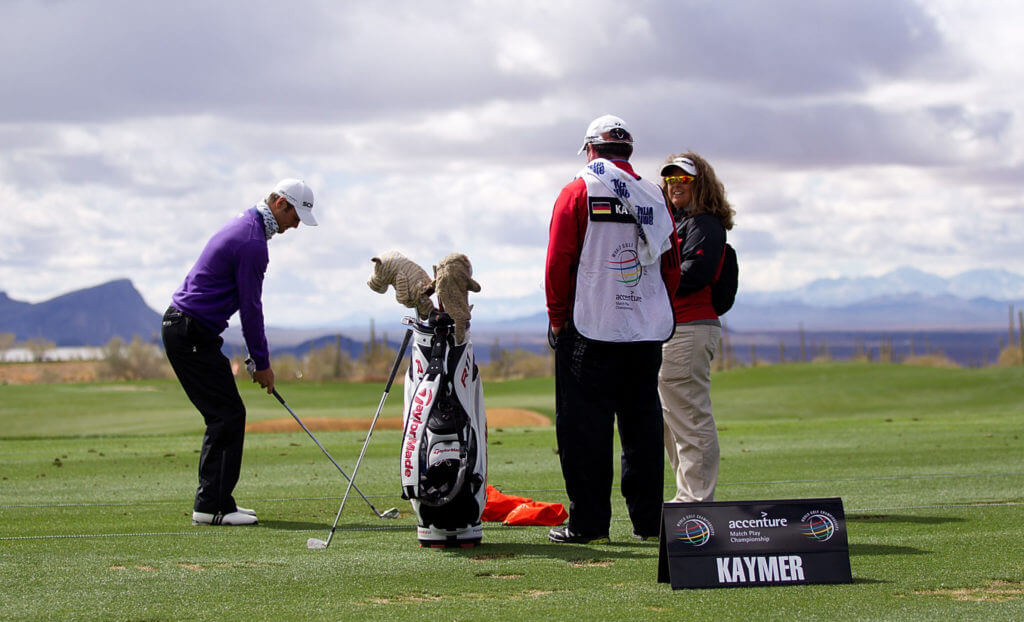
“I worked hard on the book and having all the information. I wasn’t aware of that at the time. But since then I’ve done a lot of coaching and had to tell people why I was successful so I’ve had to think about it,” she said.
The information was accurate.
“For 25 years, I didn’t give a mystery, I didn’t give a wrong number (in a tournament). That was very important, I learned the first year I caddied with Rivero, from a thing that happened I learned that I was always going to say what I thought, however difficult it was. I decided not to be a Yes Man. that to me was important, Having all the information that was essential … I needed to know the golf course very well to be able to tell my player where to hit it. If I didn’t know the course well then I couldn’t advise him on that. Picking a club, if it’s a 5 or a 6 it depends on what the green looks like. That was the basics. Then you had to say the right thing at the right time or be quiet at the right time. My books would’ve had what the books have now except they wouldn’t have pictures. I drew and wrote down the run-outs, line on the carry so I knew exactly where it was, so yeah, I was pretty meticulous.”
The first year with Faldo was a magical ride, filled with unforgettable moments such as the playoff victory over Raymond Floyd at Augusta. Topping the list was walking up the 18th fairway with Faldo at St. Andrews that summer on the Sunday of the British Open. He had a commanding lead and turned to his caddie and said something that makes her emotional still today.
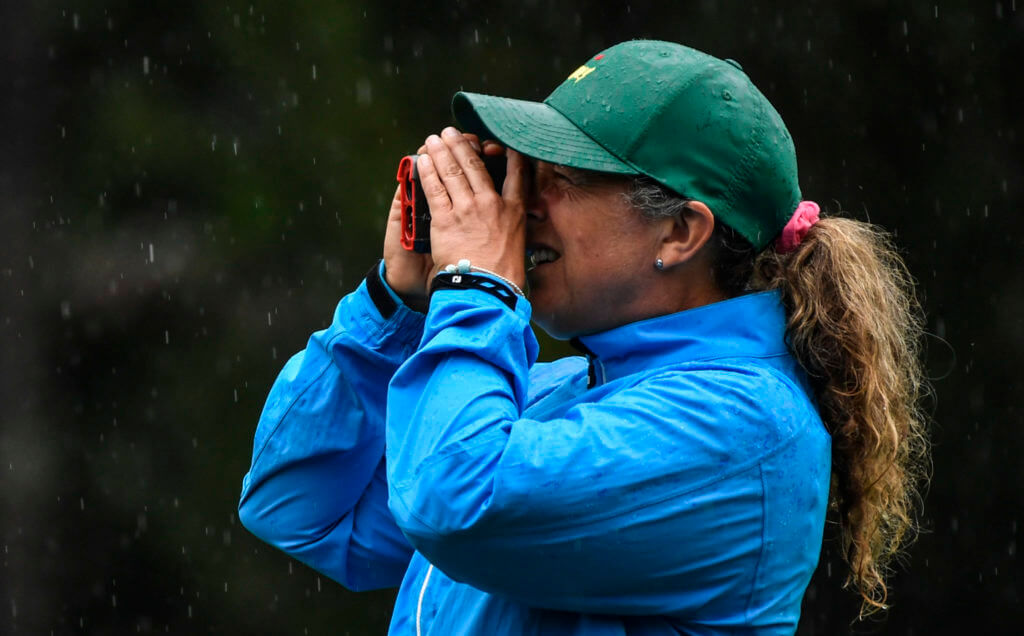
Earlier in the week, while having dinner with veteran caddies Greg Rita and Bruce Edwards — both legends in their own right — they’d discussed how caddying for the winner at St. Andrews would be the ultimate prize in the profession. Now, days later she was living the moment.
“We hit the tee shot way left and obviously we’re going to win the tournament, it’s never over until it’s over, but we’re winning. As we’re walking off the tee, Nick turns around and says to me, ‘savor this moment.’ I get emotional, every time I think about it, because I wouldn’t have. He made me do that and reminded me of that,” she said. “Seeing the clubhouse, seeing the crowd, seeing the stands, when we hit the second shot to the green, they dropped the ropes, we had to run to the green and the whole green was surrounded. Yes, it was unbelievable, to win there, it was amazing. To hold the trophy, it was unbelievable.”
Sunesson retired from caddying full time in 2012 after suffering a back injury. In recent years, she’s worked as a mental coach for golfers and soccer teams, been a strategic advisor for the Solheim Cup European team, started a junior tournament with Henrik Stenson, and been a commentator on Swedish TV during the Masters, Players and Tour Championship. She still plays golf, well, at her home course, Karlshamns Golf Club where she first held a club at age six and became infatuated with the game in her teens. She doesn’t have any plans to caddie again, although once that door is open it’s rarely completely closed.
“I’ve got no plan at all to do it now, I wouldn’t think so, but you never know,” she said. “If the right person asked me to do a week or so, I definitely would … because I thoroughly enjoy it. I’ve been fortunate to do those weeks I have done and savor those.”



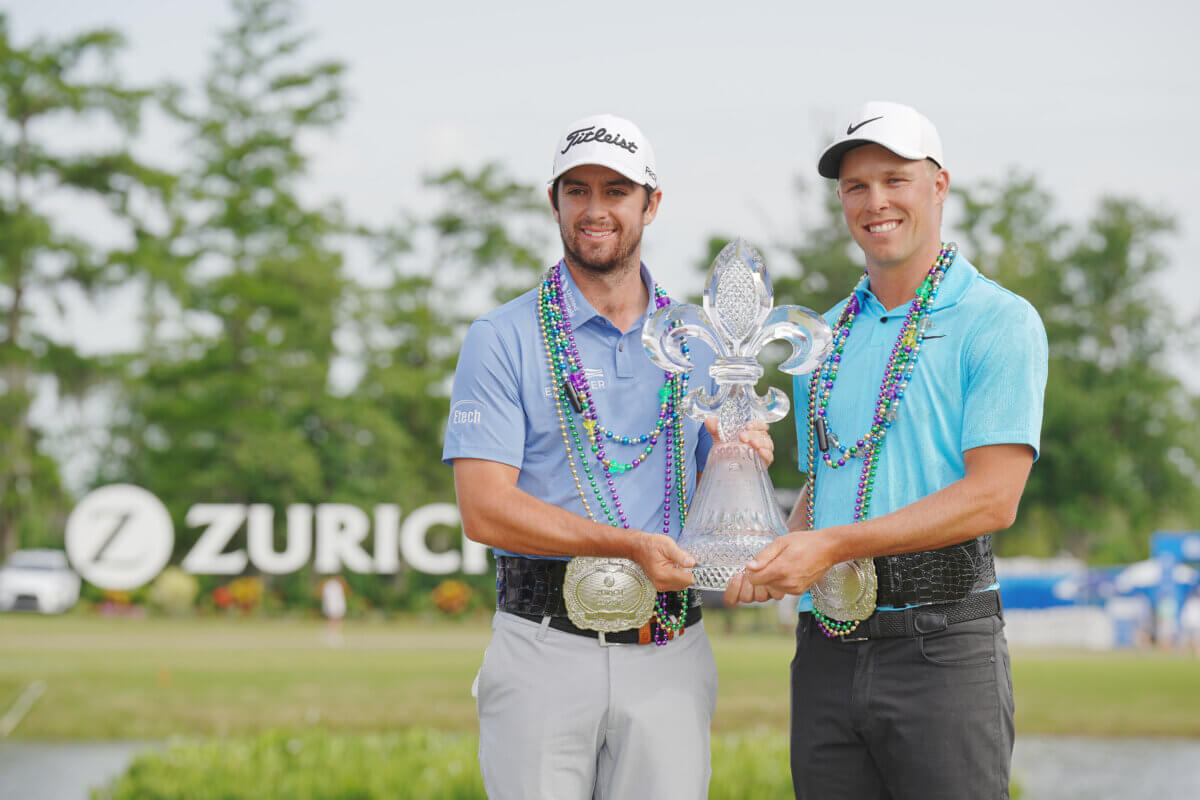
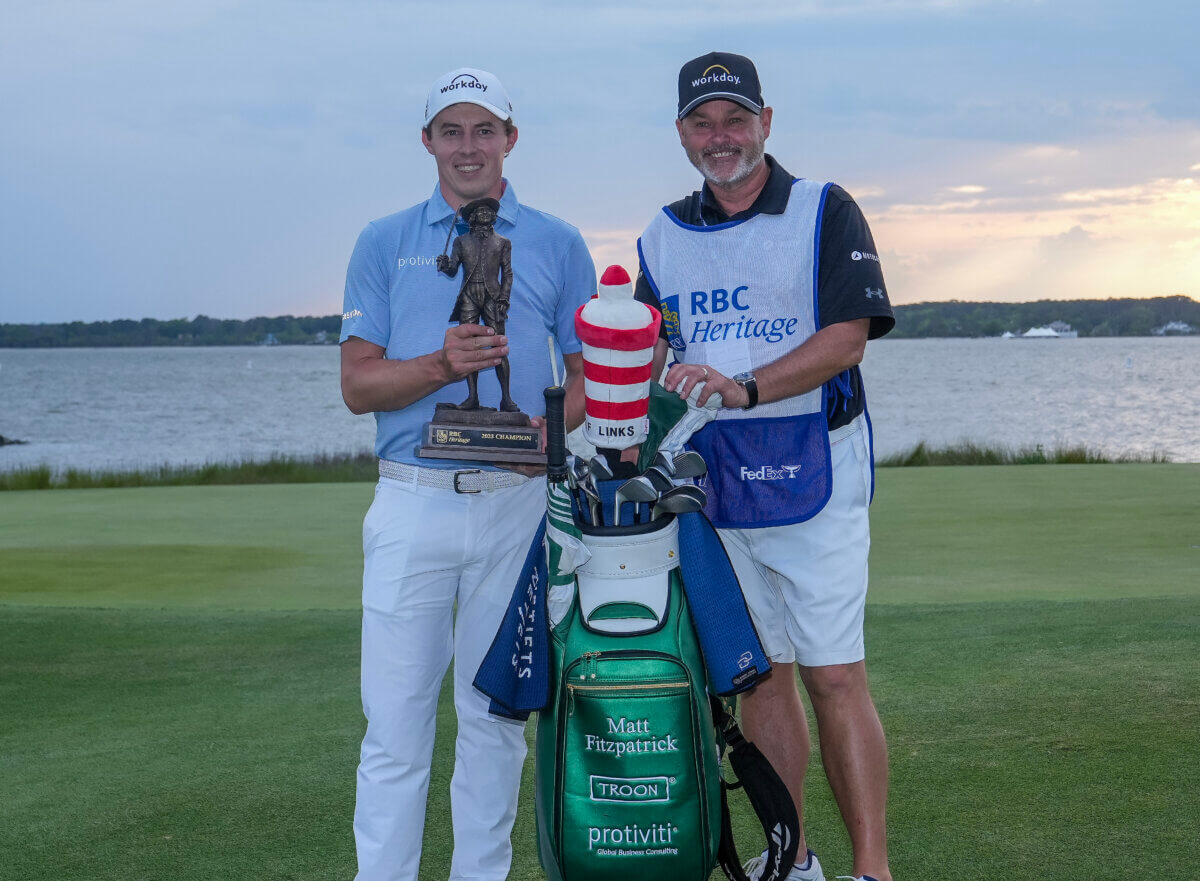
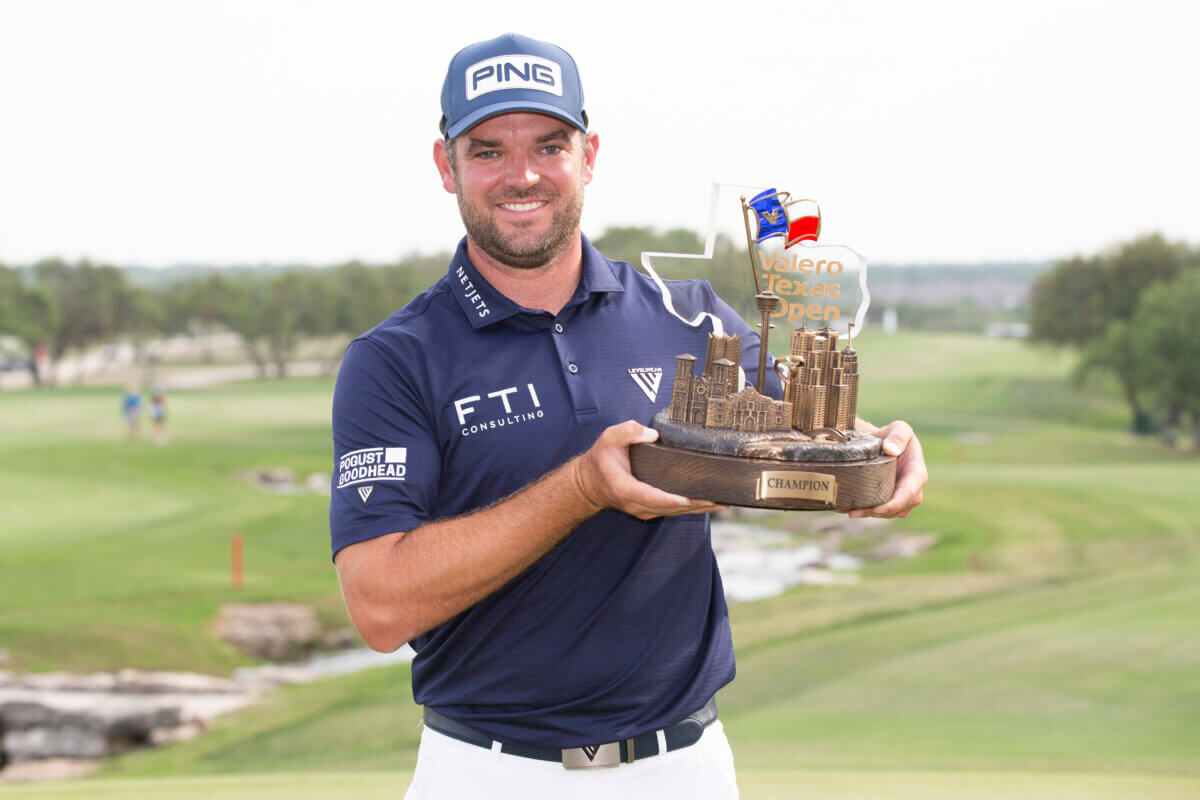
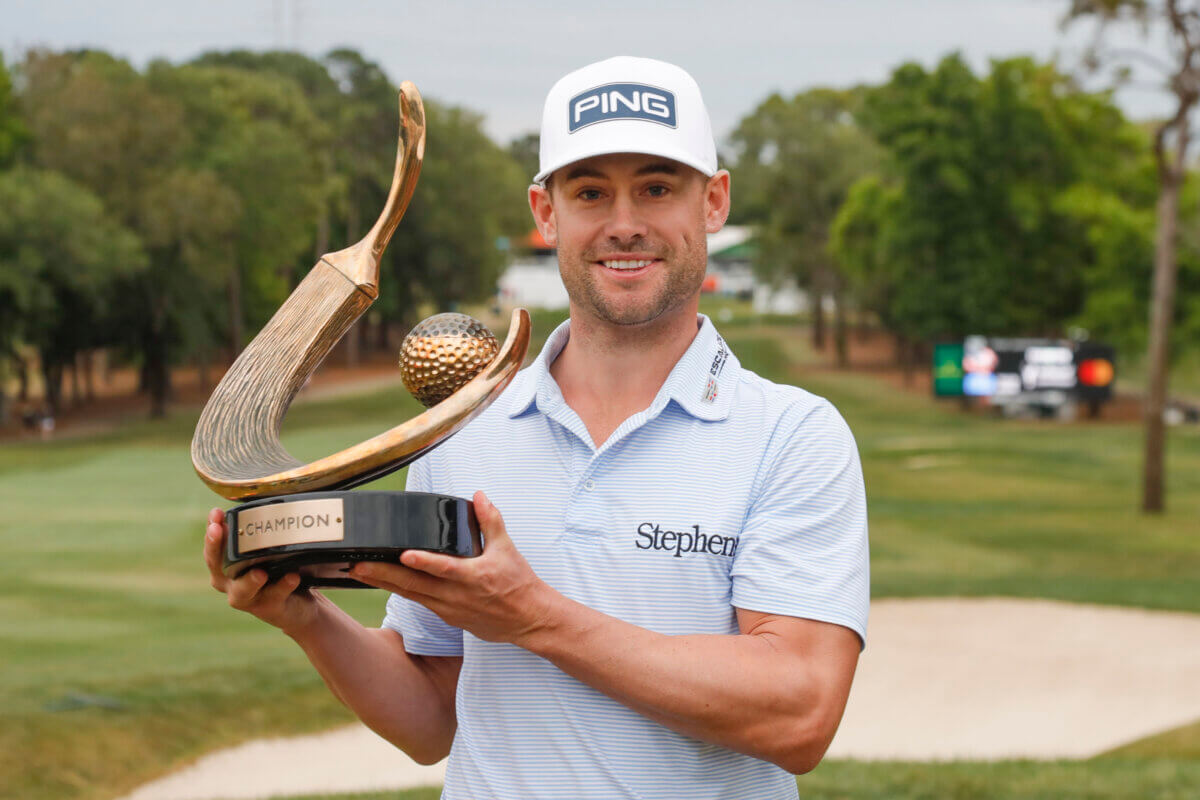
Great story Brian….and what a Caddy Fanny was…and a wonderful person too!
Superb story’s and memories, I remember when Fanny arrived on the European Tour much to the dismay and scepticism of the male dominated ranks. My dad a seasoned campaigner put some in their place staring. She’s stronger than some of us she’s brighter than a lot of us and works harder than most of you. She will be a winner and has every right to be here.